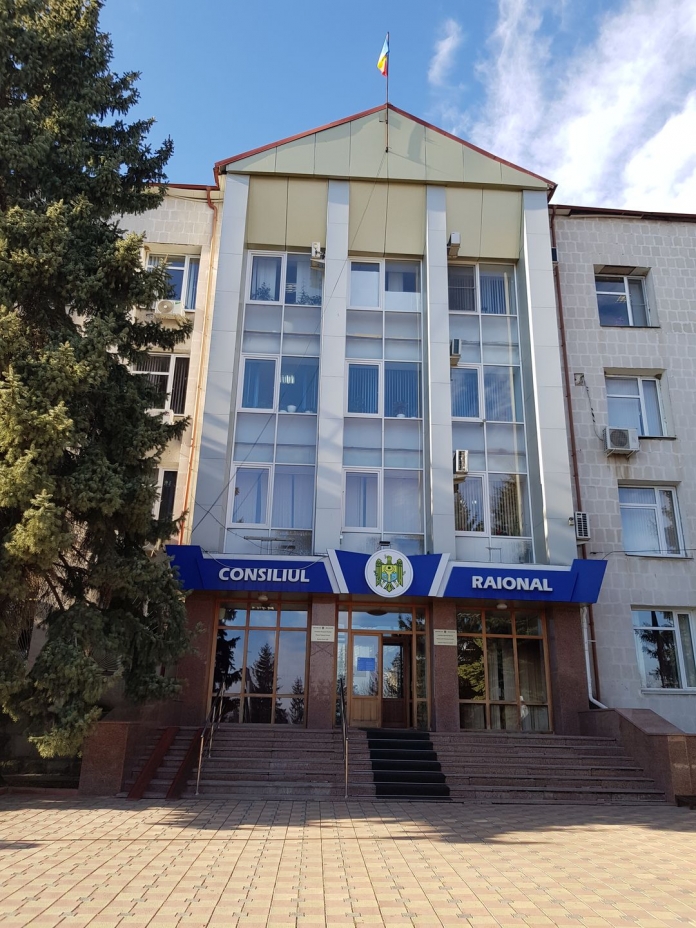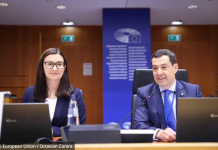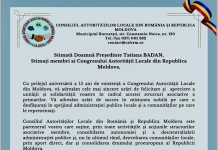Rezina Municipality is one of the beneficiaries of the technical assistance provided in the framework of the partnership between the Congress of Local Authorities of Moldova CALM, the Land Relations and Cadastre Agency ARFC and the Norwegian Mapping Agency. Mayor Simion Tatarov thanks on this occasion the Norwegian taxpayers for the assistance provided to the inhabitants of the Republic of Moldova, as they are the final beneficiaries of the services provided by the specialists for land property regulation in all local public administrations of the first level. “Thanks to this support and the facilities we benefit from, we believe that the property of the Rezina municipality and its villages will be better managed, and the inhabitants will benefit from much more qualitative public services.”
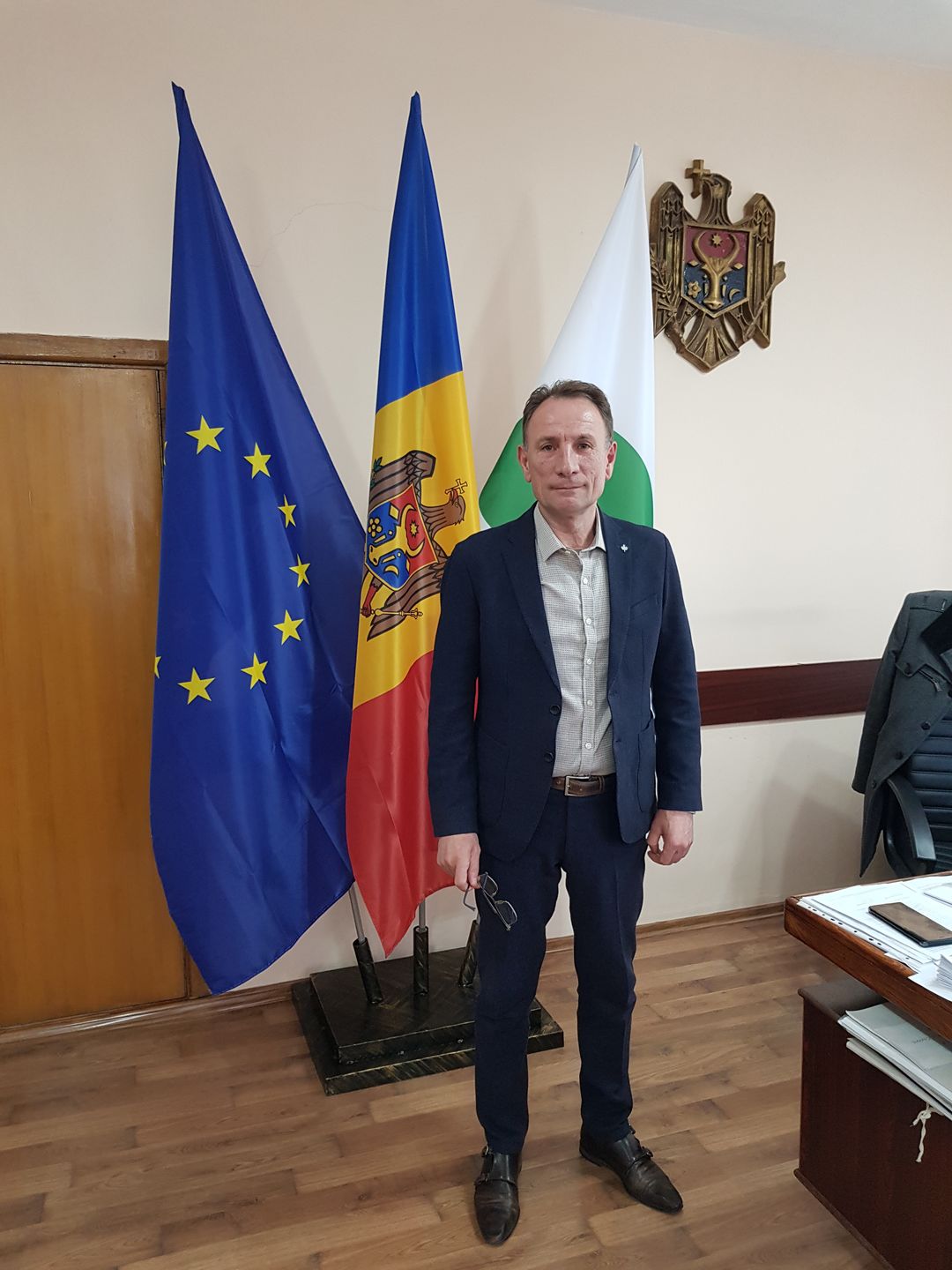
At the same time, Simion Tatarov considers that when the mayor has well-trained specialists in his office, the results are different. “Without qualified specialists you can’t manage the patrimony efficiently, and if it is not managed properly, the community will never have money. I believe that the government must show political will and allow us to pay local government employees from their own revenues.”
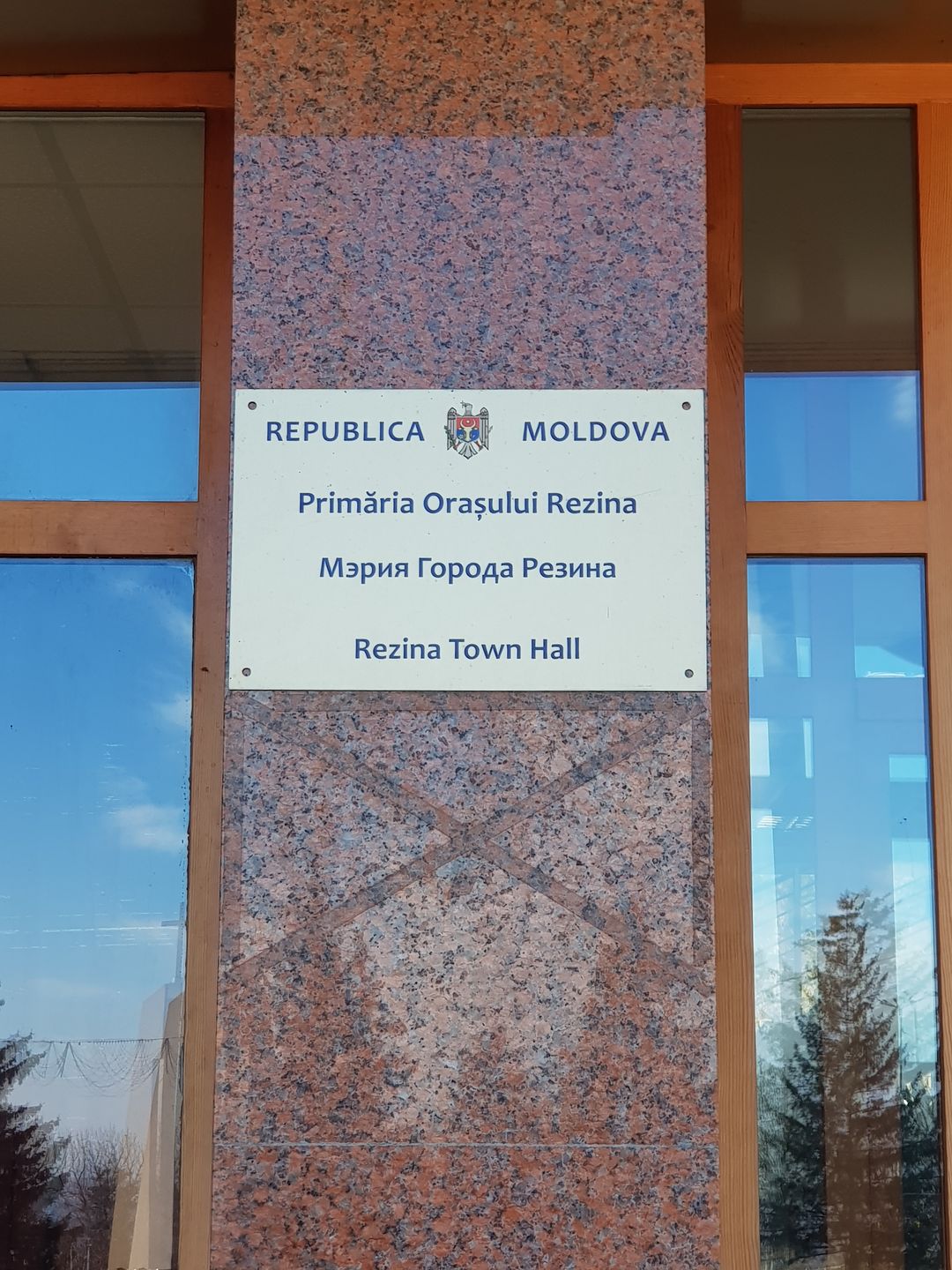
The local elected official mentioned that thanks to the technique obtained from Norway, the possibility has arisen to attach colour printed plans to the normative acts that allow interested persons to visually identify the geographical positioning of objects and processes related to LPA decisions.
“We can now afford to keep spatial track of investments in infrastructure objects and plan them more effectively for the future. We want to develop the spatial planning service and digitise the decision-making process in the local public authority.”
The city of Rezina will have a free economic subzone, already the first investor has decided to come to the city. “Besides, by disposing of an unfinished construction that we registered in the city’s property, we will now collect about 12 million lei. For next year we plan to work on infrastructure and manage things in the suburbs more efficiently, we have three villages in the city. We are now in the phase of perfecting the budget for 2022 and thanks to the participation of our municipality in the participatory budgeting project and the surveys carried out in terms of the geographical location of the objects related to the services that citizens benefit from, I can see what our citizens’ expectations are.”
The mayor of Rezina hopes that broad discussions will be held on a territorial-administrative reform, financial and decision-making decentralisation will be ensured, and digitisation will strengthen the institutional capacities of LPAs and provide more autonomy to local government. “I believe that local governments are the most important links of the state that can generate ideas for territorial administration. However, today there is a lack of financial motivation in first-level LPAs, starting from the mayor and ending with the guardian. At the same time, we have small villages where even mayors privately admit that they are unable to provide public services, both because of the lack of specialists and the lack of fiscal, technical and institutional capacity. They would like to see an amalgamation so that one locality, joining with another, can benefit from more and better services. The support generously offered by the Norwegian people would be a tool to deliver such services.”
Simion Tatorov believes that the financial, technical and institutional sustainability of CALM must be ensured, so that the Congress can be more present in the work of LPA level I and provide more expertise and assistance, including on the generation and use of maps and spatial datasets, especially as LPAs have little access to such expertise. “Today, thanks to CALM, municipalities can be assisted and initiated on various dimensions. In this context, the creation and development of the Centre for Expertise, Training and Continuous Assistance within CALM plays a crucial role.”
Oxana Purice, a specialist in land property regulation in Rezina municipality, says she was invited to various events organised by CALM, and at some of them she had the opportunity to learn more about the Digital Maps for Sustainable Development project. “There we were lucky enough to meet the representative of the mapping authority of the Kingdom of Norway Elena Bush. She is a receptive lady, who listens to us and gets to the essence of our problems. She found out what the needs of the land property specialists in the municipalities are. Over a period of time we were pleasantly surprised that we are among the beneficiaries of high quality technical support from the Ministry of Foreign Affairs of the Kingdom of Norway. Before working with Norway we also had good technology, of course the quality level of new computers and printers is much more advanced, the amount of information we can accumulate is greater and the tasks we have are done in a shorter period of time. We were very happy that they chose us. The help wasn’t just in the tech we received, the funders went out of their way to teach us how to use geospatial data.”
The official admits that for now they are not using spatial data as much as they would like, but they are trying to make some plans to do so. “Thanks to the participation in the trainings organised within this partnership, I understand that spatial data is extremely necessary and gives us more possibilities to develop our city in a balanced way. At the moment we do not have a record of the underground infrastructure, there are certain organisations that have this information. This is the subject I spoke to Elena Bush about, that the specialists in land property regulation need to have access to cartographic material and digital maps to ensure the recording, monitoring and planning of the building infrastructure.”
Oxana Purice admits that it is often only after the land is demarcated that people discover the existence of underground utilities. “Communications on the ground are visible, but underground communications are problematic to identify. It wouldn’t be a bad thing if all these organisations that manage infrastructure objects related to municipal public services owned and shared maps and plans of these objects with the local public authority. We need systematised information so that we can use it to implement the objectives that the local public administration has.”


